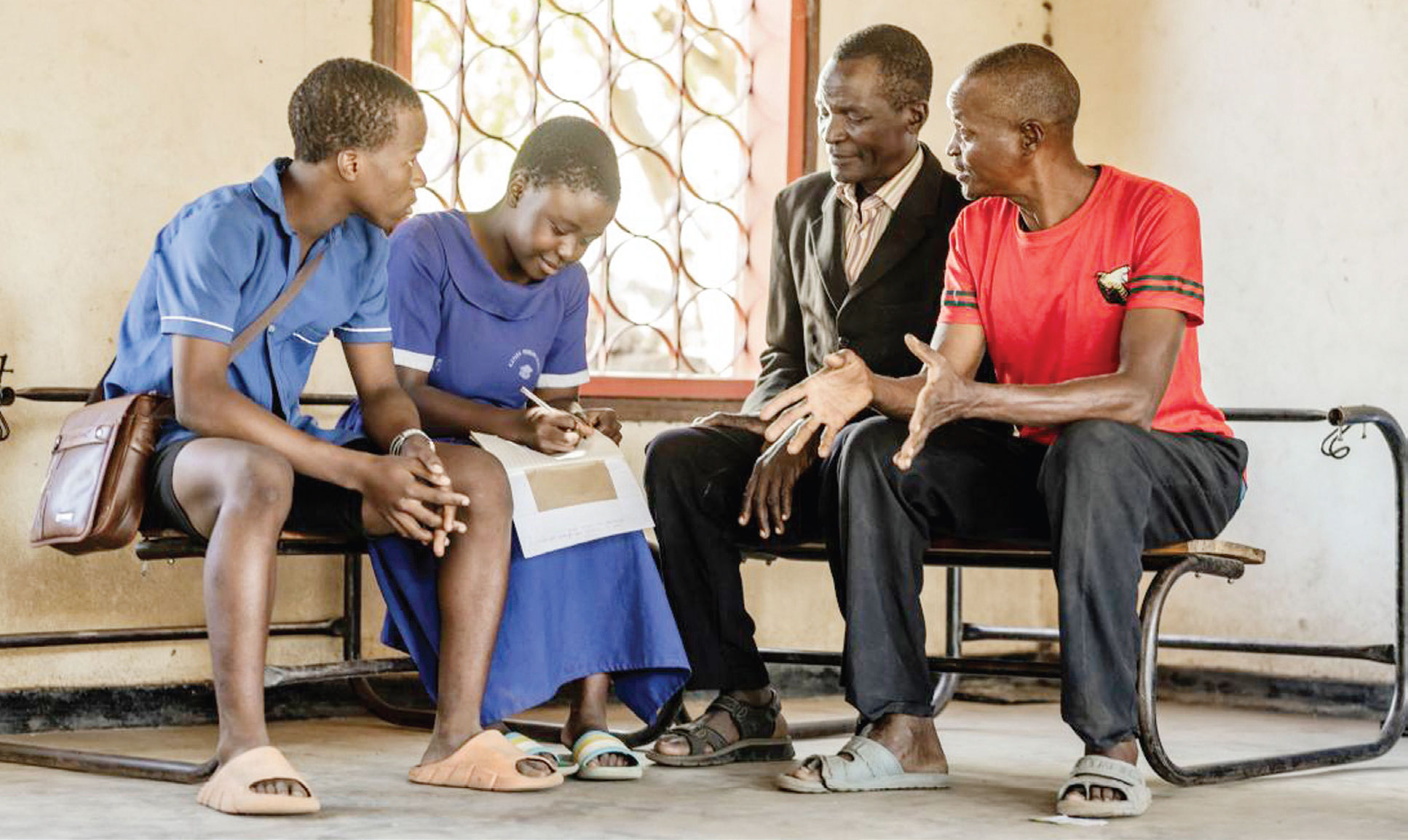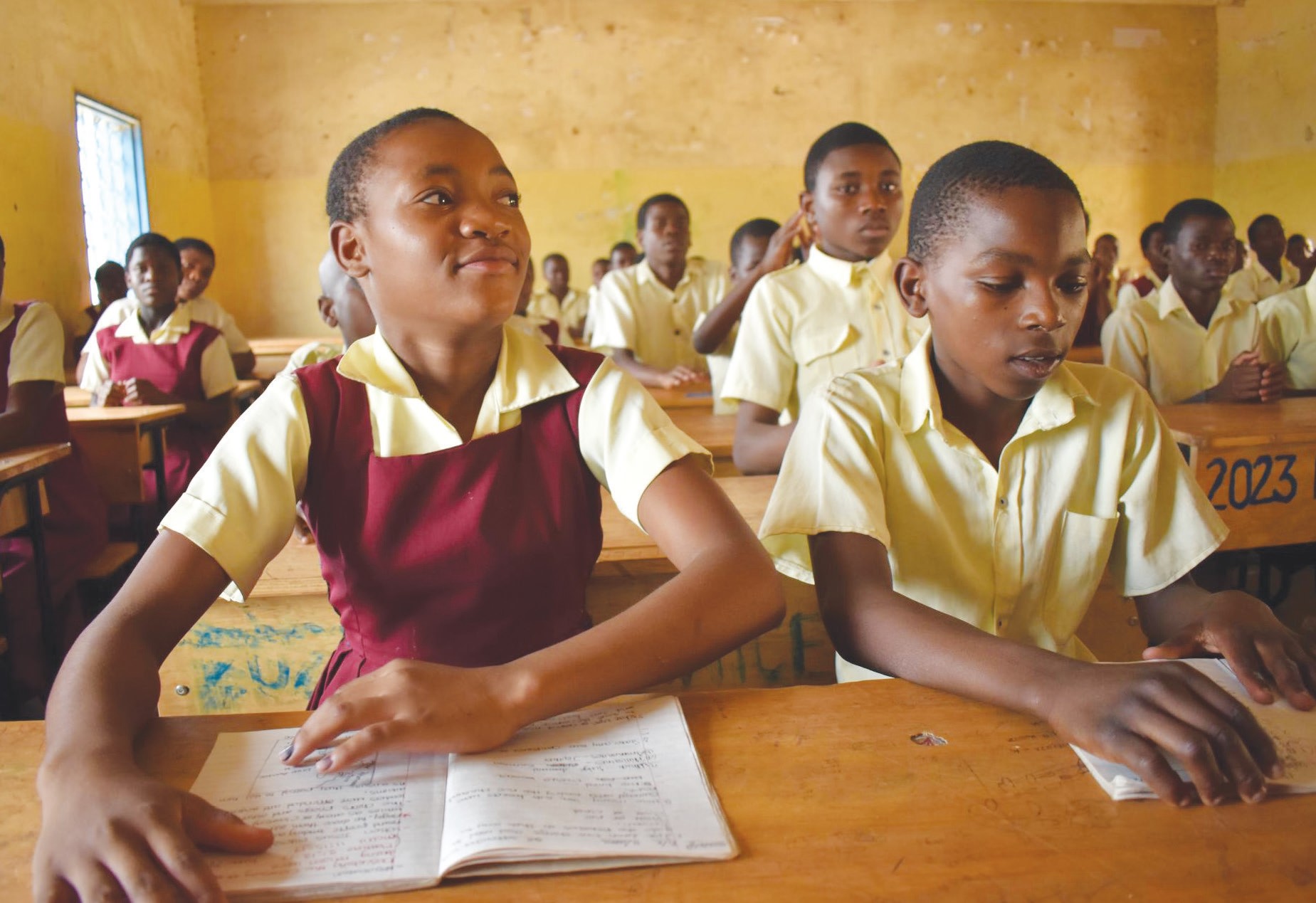Reducing maternal mortality with community involvement
 A group of men and women in Malawi, on a Friday morning, are dancing to their songs of triumph, and their voices are soaring into the sky.
A group of men and women in Malawi, on a Friday morning, are dancing to their songs of triumph, and their voices are soaring into the sky.
They have arrived here at Maganga Health Centre, located almost 25 kilometres from Salima Boma in central Malawi, to receive bicycle ambulances from Maikhanda Trust, a local NGO that deals with maternal and newborn health.
“We are happy. Our wives are not dying as they used to because of pregnancy and giving birth,” says Ernest Namika while holding by the waist his pregnant wife, Lucy.
In fact, Lucy is a living testimony. They have four children, but the wife almost died while giving birth to the third.
“I was delivering at home, and the delivery went bad. I lost a lot of blood. Luckily, soon after delivery, I was quickly taken to Maganga Health Centre,” she says.
Today, after being counselled together with her husband by health personnel at Maganga Health Centre, she is not just a regular at antenatal clinic.
Together with the husband, they are members of a task force that monitors every pregnant woman in their village and encourages them to go for antenatal clinics.
It would be rash to call the story of Namika—and the people from Pemba, Kacherenje and Mbulu villages—the new face of maternal health in the country.
Despite growing evidence of lowering maternal mortality rate in the country, 8 000 women continue to die every year due to complications of pregnancy and childbearing.
But in Salima, where Maikhanda is running a maternal and newborn health project, there is more than one way for Malawi to reduce by three quarters the maternal mortality ratio by 2015 as expected by the Millennium Development Goal (MGD).
According to the 2010 Demographic and Health Survey (DHS), out of 100 000 live births, 675 women die every year in Malawi. Although the figure has reduced from 807 in 2006, Malawi still has a long way to go in the fight against maternal and neonatal mortality which, according to 2011 data from the National Statistics Office (NSO), is mainly caused by pre-term birth (28 percent), severe infections (26 percent) and asphyxia (23 percent).
While there is growing evidence of a reduction in maternal mortality rate, especially with President Joyce Banda’s commitment to promoting safe motherhood, globally Malawi’s perceived lowering mortality rate is nothing to be proud of.
The rate in high income countries, the US for instance, is nine deaths per 100 000 live births.
The MDGs, which Malawi is a signatory to, expects signatories to reduce by three quarters the maternal mortality ratio between 1990 and 2015.
To achieve this, there is need for a whole new approach—a grassroots effort led not by doctors in high-tech hospitals, but by communities, nurses and health surveillance assistants on foot and bicycles.
And this is what Maikhanda is doing in Salima. According Martin Msukwa, executive director of Maikhanda, Salima is one of the districts with disturbing figures of maternal mortality rates.
For instance, says Msukwa, by 2007, the average maternal case fatality rate for the whole district was at 600 deaths per100 000 live births.
But by 2012 the average rate—according to Maikhanda data and also verified by the district health office—stands at 450 deaths per 100 000 live births.
To achieve the 22 percent decrease, Maikhanda rolled out a project in 2007.
“Communities live in remote areas where communication and referrals to health centres is a challenge,” he says.
As such, the project targeted both the communities and health workers.
On the part of communities, they developed two approaches. First, with ten T/As and 18 health centres in Salima, they formed 210 women groups; and secondly, they formed task forces.
Namika’s wife is a member of the women’s group.
However, the duty of linking the community to the health centres, apart from being the job of HSAs, is mostly done by the task forces—another group of local villagers, most of whom are learned. Venus Mtukula, who has an MSCE, from Chizuwi Village, T/A Maganga, is a member of Chizuwi Taskforce.
“After our training in maternal and newborn health, we have been holding public meetings and sensitising people on issues of maternal health in the villages,” he says.
They register every pregnant woman in their catchment area and monitor their health. After delivery, they make postnatal clinics to check the health of the woman and also to encourage her on the importance of breastfeeding.
“It’s amazing how communities have responded through these women groups and task forces,” says Msukwa.
The combination of these two interventions—community participation and staff quality improvement—has done a lot to raise awareness of maternal health in the district.





